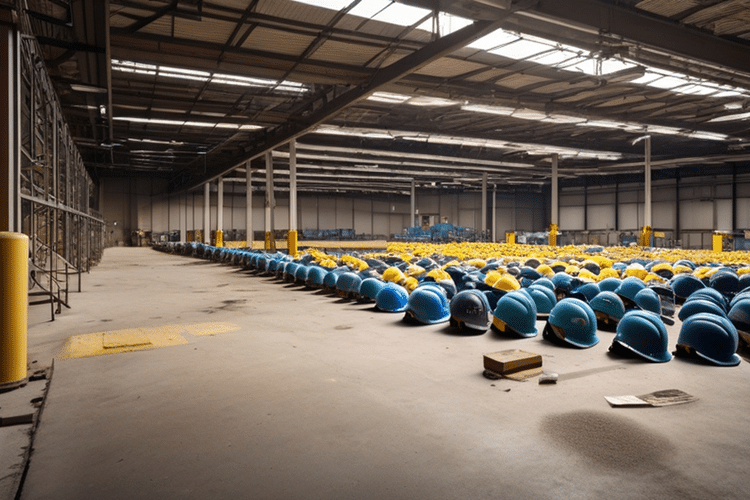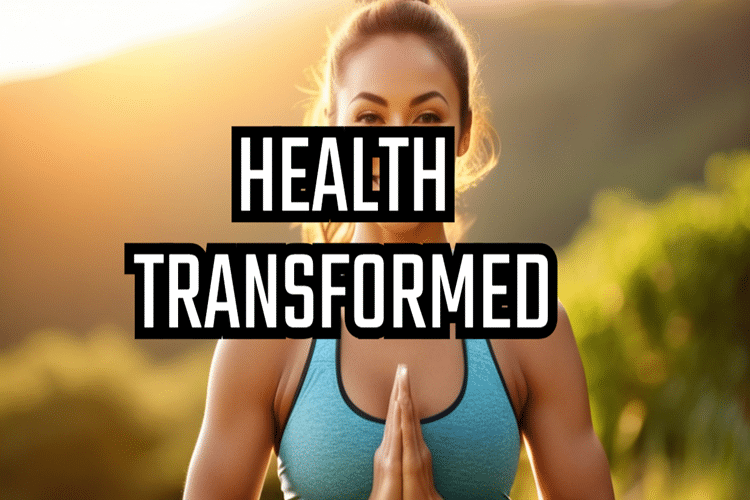
The Feminine Struggle: Addressing Varicose Veins in Women
Varicose veins, often dismissed as a cosmetic issue, can have a significant impact on a woman’s well-being. While both men and women can experience this vascular condition, its prevalence among women is notable. This article delves into the various aspects of the feminine struggle with varicose veins.
Table of Contents
Decoding Varicose Veins
Varicose veins, twisted veins usually found in the legs, can be caused by weakened valves and increased pressure on leg veins. While both genders can be affected, women face unique risk factors. This includes hormonal fluctuations and genetic predispositions. Understanding the root causes is crucial for successful prevention and management.
Identifying Varicose Veins: An In-depth Look
Varicose veins often manifest in the legs. They can be identified through a combination of visual and physical cues. Recognizing these signs early on empowers women to take prompt action. This can help prevent the condition from progressing to more advanced stages. When early signs are observed, seeking consultation with a specialized vein clinic becomes pivotal. A Vein clinic in Fort Worth can offer you comprehensive assessments using advanced diagnostic tools.
Visible Veins and Skin Discoloration
One of the primary visual indicators of varicose veins is the appearance of enlarged and twisted veins visible just beneath the skin surface. These veins can vary in color, from a mild blue to a dark purple. Also, the surrounding skin may exhibit discoloration, appearing reddish or brownish. This coloration can be a signal of potential venous insufficiency.
Throbbing or Aching Sensation
Women who experience varicose veins often report sensations of throbbing or aching in the affected areas. These sensations are typically felt in the legs. These discomforts tend to intensify after extended periods of standing or sitting. Such prolonged periods of immobility can impact the quality of life for women dealing with varicose veins.
Swelling and Heaviness
Swelling and a persistent feeling of heaviness in the legs are common early signs of varicose veins. This sensation tends to appear at the end of the day. The swelling may be accompanied by a sense of tightness, making movement uncomfortable.
The Feminine Connection
Varicose veins in women have a distinct connection to hormonal influences. This creates a unique aspect in understanding and addressing this condition. Let’s delve deeper into the relationship between feminine hormones and varicose veins.
Hormonal Fluctuations: A Pivotal Factor
Hormones play a crucial role in the development and progression of varicose veins in women. Estrogen, a primary female sex hormone, has been identified as a key player. The fluctuation of estrogen levels, particularly during various stages of a woman’s life, can impact the elasticity of blood vessels.
Pregnancy and Varicose Veins
Pregnancy stands out as a period of significant hormonal change. As the body prepares to nurture new life, the blood circulating in the body increases. This puts additional pressure on veins. Moreover, elevated estrogen levels during pregnancy can weaken vein walls, contributing to the formation of varicose veins.
Menopause and Venous Health
Menopause, another transformative phase in a woman’s life, marks a decline in estrogen production. This hormonal shift can also contribute to weakening vein walls and increased susceptibility to varicose veins. Menopausal women may find it beneficial to focus on lifestyle changes and consult a vein specialist to manage varicose veins.
Navigating Hormonal Influences: Practical Tips
Recognizing the link between hormones and varicose veins empowers women to manage their vein health proactively. Here are some practical tips to navigate hormonal influences:
Hormone-Healthy Lifestyle Choices
Incorporating hormone-friendly lifestyle choices can make a significant impact. This includes:
- Maintaining a healthy diet with abundant nutrients that support hormonal balance
- Regular exercise to promote circulation
- Stress management techniques
Consultation with Healthcare Professionals
Regular check-ups with a vein specialist, especially during pregnancy and menopause, enable the monitoring of hormonal fluctuations. This proactive approach facilitates the early detection of potential vein issues. A proactive relationship with a vein specialist ensures personalized advice and timely interventions.
Supportive Measures During Hormonal Transitions
Acknowledging the impact of hormonal transitions on vein health, women can adopt supportive measures during pivotal life stages. This may involve:
- Wearing compression stockings
- Elevating legs when possible
- Incorporating activities that promote circulation into daily routines
Psychological Impact
The psychological impact of varicose veins goes beyond the visible physical symptoms. They can significantly influence the mental well-being of affected women. Let’s delve deeper into the emotional aspects of the feminine struggle with varicose veins. We will explore ways to address the psychological impact.
Emotional Toll: Beyond the Surface
Varicose veins can often be dismissed as a mere cosmetic concern. However, for many women, the emotional toll is profound. The visibility of veins, especially in prominent areas like the legs, can lead to feelings of self-consciousness. They can impact self-esteem and body image. Addressing these emotional challenges is a crucial aspect of comprehensive vein health care.
Aching Self-Esteem: Building Confidence
The appearance of varicose veins may cause women to feel self-conscious about their bodies. To counteract this, it’s essential to foster a positive self-image. Embracing one’s body and acknowledging that varicose veins do not define beauty can be empowering. Seeking support from loved ones contributes to a healthier mindset. Also, engaging in activities that boost confidence further enhances well-being.
Navigating Emotional Resilience
Coping with the emotional toll of varicose veins requires emotional resilience. Women facing this struggle can benefit from developing coping mechanisms, such as:
- Mindfulness practices
- Meditation
- Seeking professional support through counseling
Building emotional resilience allows women to face challenges with strength and adaptability.
Conclusion
The journey of addressing varicose veins in women is multifaceted. By understanding the causes and early signs, women can navigate this struggle with resilience and grace. The key lies in awareness and acknowledgment that vein health is integral to well-being. This article aims to equip women with the knowledge to face the head-on feminine struggle with varicose veins.






